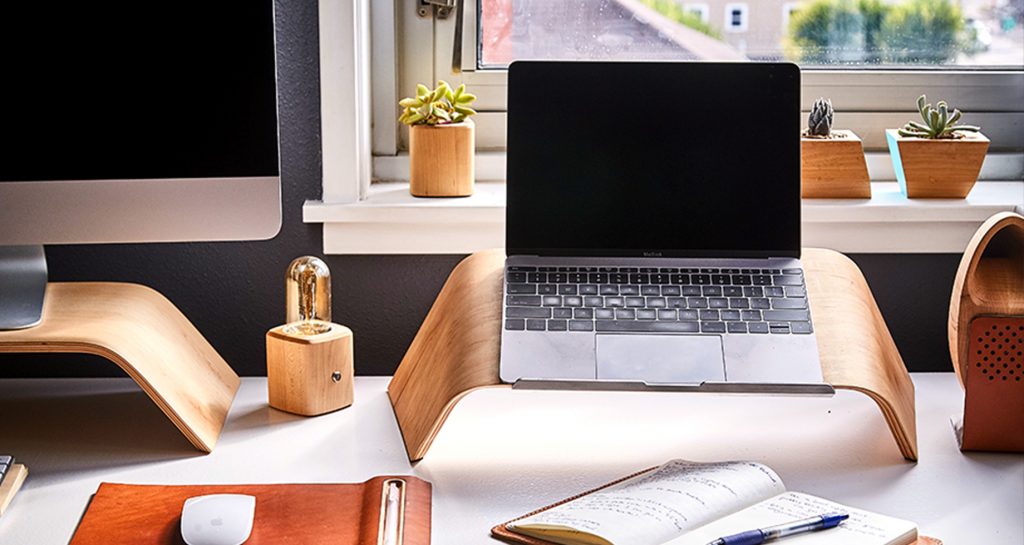Although this issue of Sound & Communications is focused primarily on retail environments, I’m going to use them as more of an example than a subject for the purposes of this article.
As I write this, news is breaking that one of the US’ largest mall operators has filed for bankruptcy protection. It isn’t the first retail chain recently to do so, of course. The pandemic wreaked havoc on the retail industry in many ways. People—afraid to go outside and shop—ramped up their online purchasing to an extraordinarily high level.
Did the pandemic cause online shopping? No—of course not. But the pandemic acted as an accelerant to speed up people’s acceptance of this new model. It served to pour gasoline on the fire, as it were. Retail will survive, but it will have to evolve in almost every way to compete.
Coping With Change
Those thoughts brought me back to an argument I made in this publication several months ago. At that time, I wrote this:
It’s difficult to really grasp that one is living through times of tremendous change and upheaval in real time. People tend to cling to past thinking and best practices if for no other reason than to comfort themselves as things change around them at a rapid pace. We’ll only truly appreciate the changes we’ve gone through during 14 or so months of a global pandemic when we look back at it in a few years.
At the time, I was thinking about collaboration and hybrid working/remote working, of course. I went on to write something like this:
It’s important to point out that the global pandemic was not the cause of these changes. Cloud collaboration platforms, increased productivity from advanced mobile devices and an increasingly mobile workforce were already pushing the business-transformation envelope before the crisis started. The pandemic was simply an accelerant for these trends. It served to pour gasoline on the fire, as it were.
The key message for retail and collaboration, then, is actually the same: The choice is to evolve or to die.
Observations On Working From Home
We’ve learned a great deal about collaboration in the remote- and hybrid-working models since the pandemic began. Let’s review our knowledge.
- The past studies on remote workers1 were correct. Remote workers are generally more productive than in-office workers are. Two-plus-hour daily commutes were eliminated, and most of that time went back into worker productivity. The dedication to tasks has been so great that people have risked burnout due to over-focusing or “video fatigue.” (This is something that we’d never have learned if the “lazy remote worker” stigma still existed.) Notably, the productivity increase was further supported by another recent study2, as well.)
- Traveling to a central office to do individual work clearly no longer makes any sense. Realizing that will force organizations to shift the focus of their offices from housing individual work to facilitating group work (e.g., brainstorming, whiteboarding, celebrating). That, in turn, will require fewer desks, more meeting spaces and more technology to support the large numbers of remote workers who will be participating in the meetings. These trends are simply irrefutable.
Predictions For The Future Workplace
- As it becomes safe again, people will resume their travel for business; however, it will only happen when it’s actually required. Visiting a client site, joining a planning session, attending a business conference, etc., will all be legitimate reasons to travel. But a rote daily commute to a desk that might or might not be equipped as well as the one that sits at home no longer makes sense, due to both the time lost and the financial and carbon-emissions expenditure.
- The role and schedule of the knowledge worker will eventually change. Employees will be judged based upon their output, rather than the hours they spend at a desk or in an office. The freedom to adopt personal workstyles will be liberating. Good workers will no longer have qualms about attending a child’s school meeting or taking a day off for a leisure activity, as they will no longer have Neanderthal supervisors counting their butt-in-seat time as a benchmark for productivity. “Management by walking around” will go away, as supervisors will have to have the skills to manage remote teams. Those skills have always existed (for 24-hour shifts and global teams), but they’ve not been in most enterprise supervisors’ repertoires.
- The technology required to support the increased number of in-office collaboration spaces will have to change drastically. Relegating the consideration of in-room solutions to the very end of a construction or refit project will not fly anymore, nor will considering these needs after aesthetic decisions have been made. Making good room-technology decisions (i.e., those relating to AV, conferencing, acoustics, video, lighting, user interfaces) is now far more important than making pretty rooms whose functions displease almost every user. Construction and architectural professionals will have to come to terms with this change in the hierarchy to survive the required evolution. The technology itself will also have to change drastically, eliminating complexity and customization while incorporating increased artificial intelligence (AI). Our rooms will have to be self-driving economy cars now, rather than hard-to-drive, overcomplicated sports cars.
A Need To Evolve
The evolve-or-die mantra isn’t new in AV and collaboration, nor is it new in retail. However, the accelerant of our times has made it a much higher priority. It’s never a good thing to be the last one to change when change is inevitable. When we delay, it’s always possible that necessary changes could come too late.
Do your best not to be left behind.
Endnotes
1 Does Working from Home Work? Evidence from a Chinese Experiment
2 Why Working From Home Will Stick
To read more from Sound & Communications, click here.
